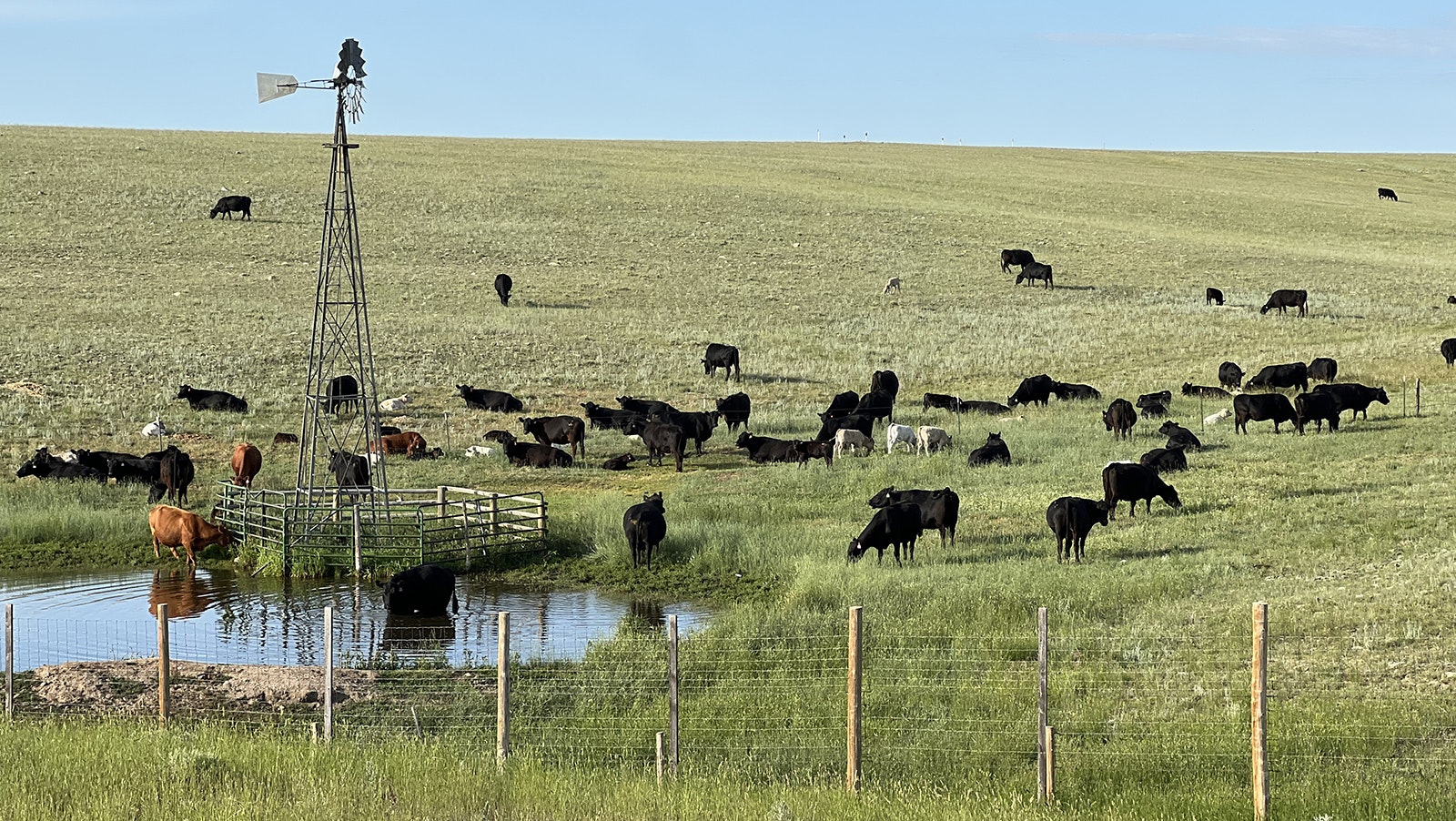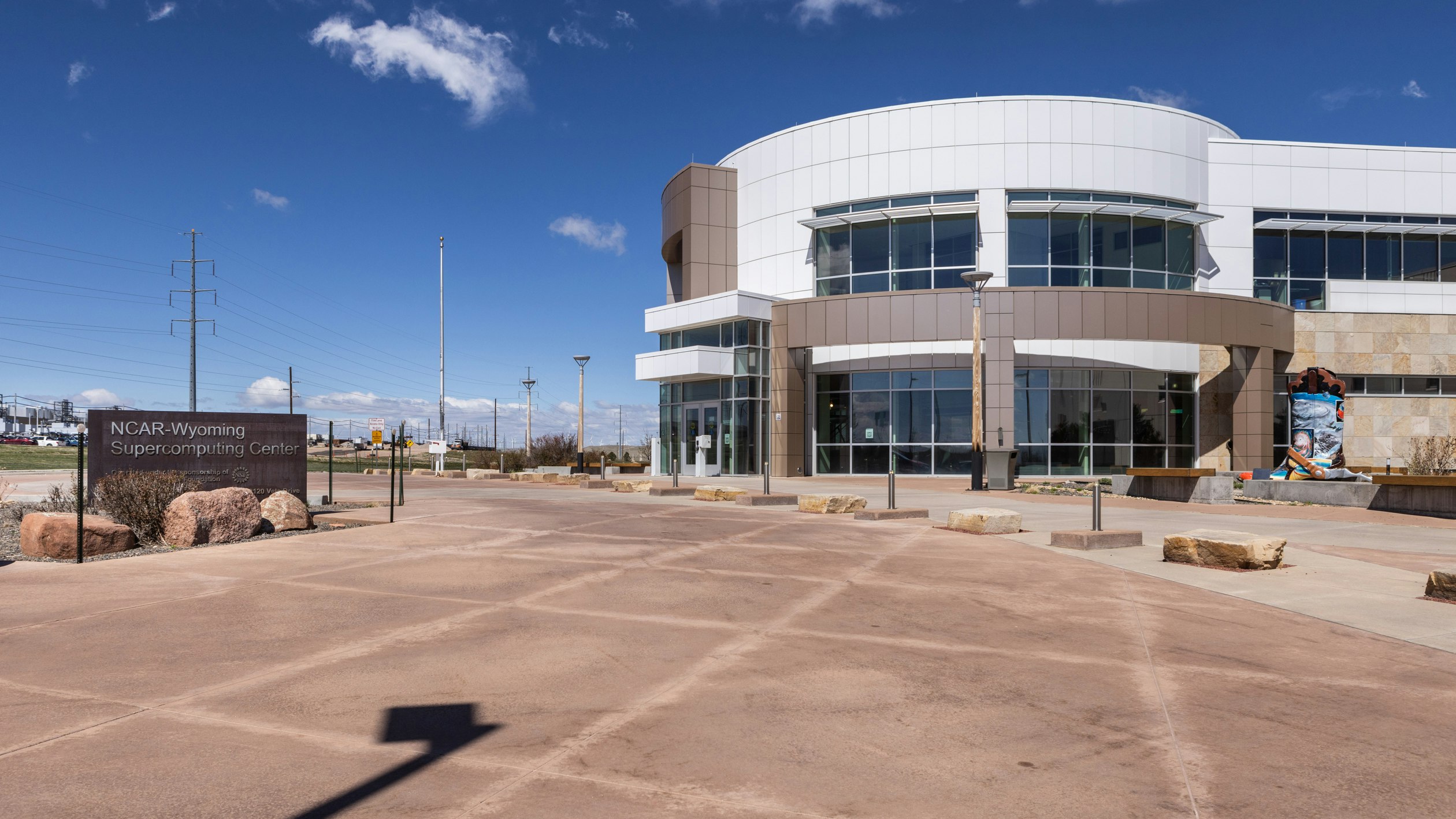Brutal winter storms that exacted a heavy toll on Wyoming wildlife also killed significant numbers of livestock on Cowboy State ranches earlier this year.
Applications for disaster-related losses continue to come in, and Farm Service Agency officials say they are still tabulating the data for what they say could have been one of the worst winters for livestock losses in Wyoming history.
A Sweetwater County rancher who requested anonymity told Cowboy State Daily he lost 38 calves in three nights in early April. Deep snow made it impossible to move his herd out onto the sagebrush rangeland where his cows normally give birth.
His cattle started dropping calves ahead of the April storm, a phenomenon that's been documented with numerous ungulate populations that happens when the barometric pressure drops. He said after calving, the cows wandered off to find shelter in some trees and the calves were snowed over. When he got there the calves were frozen stiff.
Wyoming is known for its harsh winters and has had some historically significant livestock losses. While this past winter may go down as bad, the “Big Die-Up” of 1886-87 may be the worst ever.
Entire ranches were wiped out that winter with hundreds of thousands of cattle dead in Wyoming and neighboring states.
Other significant winters for livestock die-off were 1976-77 and 1983-84.
By The Numbers
According to preliminary figures provided by the Farm Service Agency, disaster applications for losses of adult beef animals totaled 764 head as of Tuesday. Applications for nonadult calves totaled 6,461 and applications for dead sheep were 7,840.
In all, Wyoming livestock producers have filed 336 applications as of Tuesday. The preliminary data shows the hardest hit counties were Natrona, with 48 applications filed, Uinta with 47 and Lincoln County with 40.
Producers from 22 of Wyoming's 23 counties have filed applications for disaster relief.
Significant Losses
Deena McDaniels, FSA farm program specialist, said storms in late January and mid-February claimed most of the adult cattle, while the early April storms were responsible for the bulk of the calf losses.
"We had high numbers of pregnant cow losses, and then in April we started seeing calf losses," she said. "The numbers are still coming in and we are still tabulating, but we're starting to understand the significance of the losses."
Numerous livestock also had frozen ears, noses, tails, udders and testicles. Calves with frozen appendages have to be sold within 30 days to qualify for disaster assistance. With adult livestock, reproductive issues caused by freezing may not come to light until later in the year.
So far, FSA has processed nine applications that will pay out $86,400. McDaniels said she knows the numbers will continue to grow.
On Feb. 20, Wyoming Gov. Mark Gordon and the Wyoming Department of Agriculture advised livestock owners to prepare for serious weather and to document their losses.
“We are well aware of the cumulative impacts this winter has brought to our ag producers,” Gordon said. “The state of Wyoming is already at work with partners, including the U.S. Department of Agriculture and Farm Service Agency, to determine losses, the period of impact and the geographic scale of impact due to these extraordinary conditions.”
Wyoming FSA State Director William Bunce said producers have until the end of the year to file applications for relief, but he expects most will be filed by the end of September.
"Our goal would be to help producers get the money this fall and to finish as quickly as possible," said Bunce.
FSA paid out $897,000 in disaster assistance last year due to forage losses caused by drought. Bunce said this year has been much better for forage production.
Several counties qualified for forage loss disaster payments in the last two year, but not many will qualify this year because of the abundance of spring and summer precipitation, he said.
All but one Wyoming county has contributed to 336 statewide applications for federal disaster relief:
- Albany: 3
- Big Horn: 16
- Campbell: 6
- Carbon: 15
- Converse: 12
- Crook: 12
- Fremont: 10
- Goshen: 3
- Hot Springs: 8
- Johnson: 21
- Laramie: 2
- Lincoln: 40
- Natrona: 48
- Niobrara: 14
- Park: 10
- Platte: 17
- Sheridan: 10
- Sublette: 7
- Sweetwater: 14
- Teton: none
- Unita: 47
- Washakie: 6
- Weston: 15





